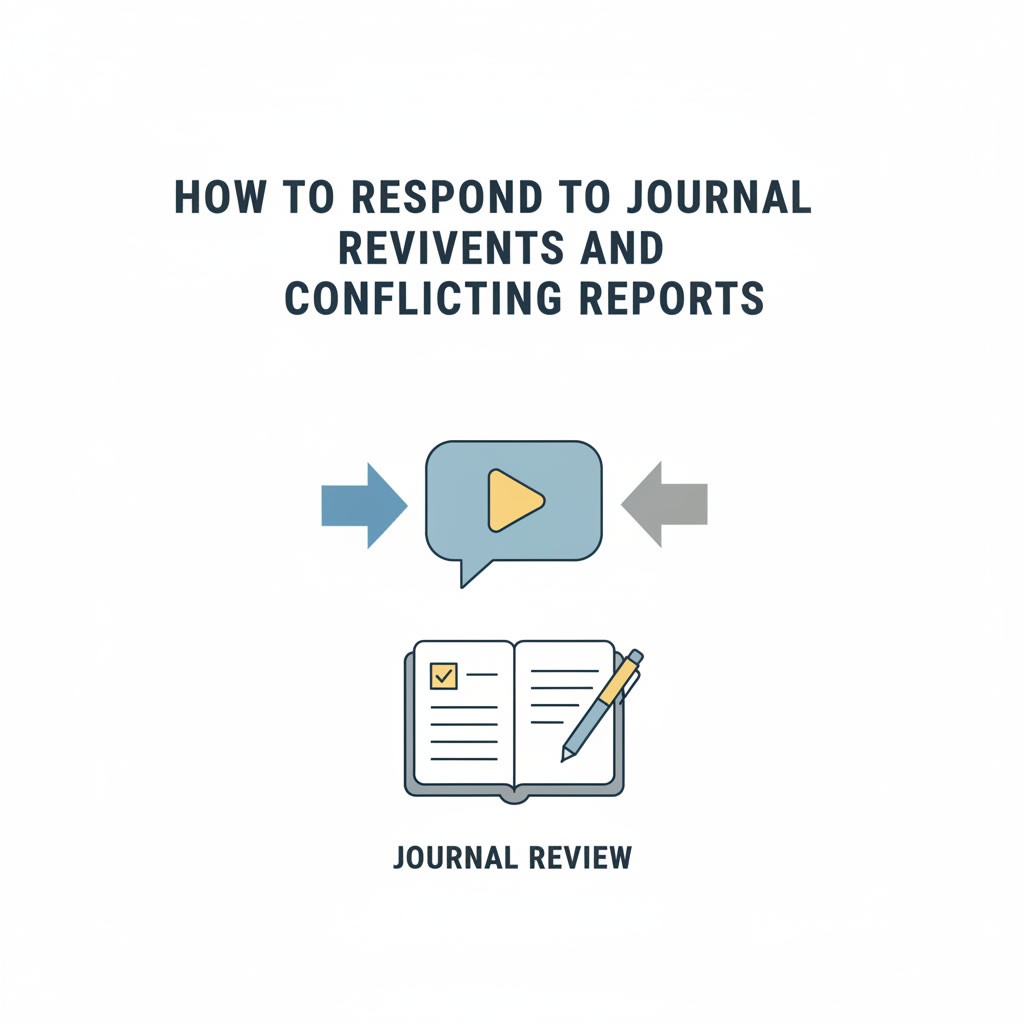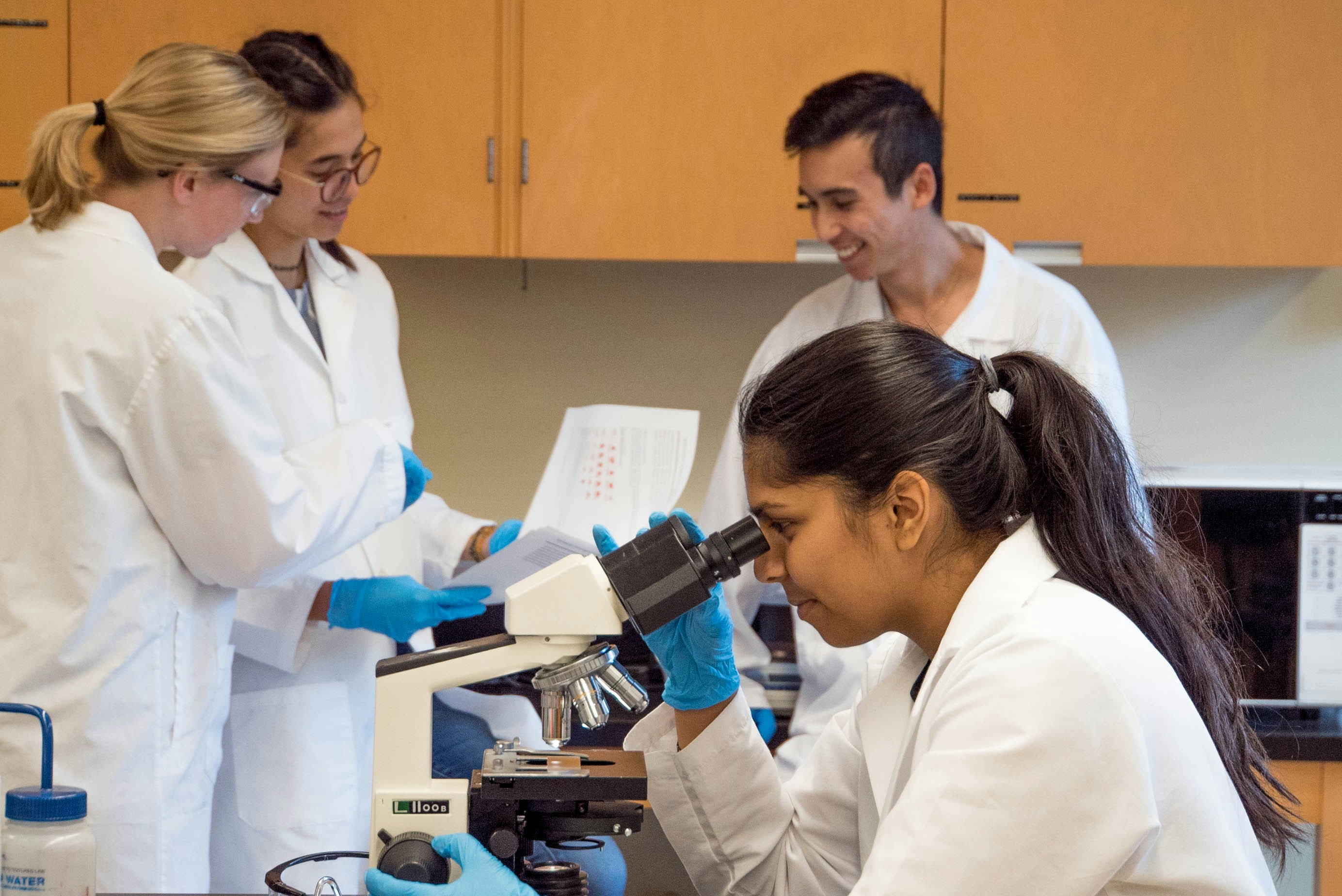Make Your Presentation Like a Pro with and without AI
Writing a decent piece of text with the help of AI is fairly easy, but creating presentations with AI is much harder. Why? Because in the end it is you who must stand in front of the audience and present. It is you who must know their way around each slide and it is you who has to stand question and answer at the end. So you better make sure that you know exactly what to present and how to present it.
There are many AI tools that can help you create stunning presentations, but most - if not all of them focus only on the visuals. They may generate layout, graphics, and animations. But as a student or academic, you want to show YOUR work in the best possible light.
In this post we will give you a time-tested framework for creating presentations (with and without AI) and also share tricks of the trade from a professional (me). There are many other frameworks or methods to prepare presentations of course. They probably work as good and maybe even better. The framework that I am describing here worked for me and maybe it does for you, too. In this week’s post, I will teach you how to develop a presentation step by step without being overwhelmed or getting lost in detail. Next week, I will explain in detail how you can use AI to supercharge this framework. I will share with you a series of prompts that will first collect all background information about your presentation and then help you develop the content for each step from title to final presentation. Finally, I will throw in a bonus prompt that goes beyond the framework and help you prepare your actual presentation better than your competition. So let’s get started.

How to make impactful presentations
I want to start with some important foundations that will help you understand how good presentations are structured, how many slides you will need, and finally how to prepare yourself for the presentation.
I assume that you have already done your research and that you have at least a rough idea of what you want to present. If not, do your research first and come back later. Or to paraphrase the great P.R. Halmos: If you want to make a great presentation you must first have something to say.
Ready?

Occasion and audience
We begin by establishing where, for whom, and for how long you want to present. This information will help you decide how many slides you need to prepare and how technical you can be in your presentation. Providing this information to an AI tool will also make the difference between tailored replies and generic bla-bla.
There are many occasions where you can present your research. Is your talk part of a 3h conference session with 10 other speakers or are you the only speaker in a relaxed group seminar. Are you presenting to a group of peers at a workshop or are you presenting your PhD work to your examiners?
If you are presenting at a seminar or a conference, the organizers will usually also provide more or less detailed instructions for how the talk should be structured and how much speaking time you will have (see below).
So let’s assume you need to prepare a presentation for the weekly seminar on “Sustainable Fashion”. Your audience are students and faculty from different fields, such as fashion design, environmental studies, and business.
Title and abstract
For many occasions, you will be asked to provide a title and an abstract for your presentation. Both are important to attract attention to your presentation and help potential attendees decide whether or not they would like to attend.
AI can be of great help to bring title and abstract into shape, but at the beginning it is enough to draft a working title that conveys your main message, and a draft abstract consisting of 5-10 bullet points summarizing the material that you want to cover.
You will also use the working title and abstract to provide your AI tools with sufficient information to give you advice that is tailored to your research. For our example we chose the following working title: “Seaweed Leather: A Sustainable Alternative to Traditional Leather". I won’t bore you with a full abstract but rather give you the main points:
The leather industry has a huge environmental impact
What is Seaweed leather and how is it made
Why is Seaweed leather more sustainable than animal leather?
Current market applications and limitations
Future potential in the fashion industry.
Presentation time
The total duration of your presentation is probably the most important factor, yet very few guides and tutorials talk about this. The presentation time determines how many slides you can use to present your material. A good rule of thumb is that you will need 2 minutes presentation time per slide. This gives you 5 slides for a 10 minute presentation. Title slides that are shown for 2-3 seconds only are not counted here.
The presentation time determines how deep you can go into details. A 45 minute presentation gives you enough time to explain your research in detail. A 2 minute spotlight talk for a poster does not give you enough time to do that. Rather, you just have enough time for a teaser so that people visit you at your poster.

The presentation time also determines how well you must script and rehearse the text for each slide. In a 45 minute talk you have enough time to improvise what you say. In a spotlight talk, you must script and rehearse every sentence so you don’t lose valuable time searching for the right words during the presentation.
Let’s assume you have 20 minutes for your presentation on Seaweed Leather. Following the 2 minute-per-slide rule this gives you 10 slides to work with.
Bonus: What’s your motive?
Before you start preparing your slides, I want you to consider WHY you are giving this presentation. Of course it may just be your turn or your supervisor decided for you, but that is not what I mean. Every presentation (or every article for that matter) has a motive, whether you are aware of it or not. Maybe you want your audience to read the full paper or report that describes all the gory details of your work? Maybe you are giving a poster spotlight talk and you may want to convince your audience to visit your poster? Or you want to convince a search committee that you are the best candidate for this PhD position.
Your motivation should be action oriented. For example, if you are presenting research on using seaweed as a vegan alternative for leather, your motive may be “I want my audience to consider sustainable leather alternatives when shopping for clothes”.
Think about your motivation for a moment and then write your motive down in a short sentence. Don’t worry if it is not perfect. Later we will use AI to improve and tailor it to your specific audience. Here is the motive for your presentation of seaweed leather: "I want my audience to consider seaweed leather as a viable option they should research further for their own sustainable fashion projects."
Main message
I know, you have already written a title and an abstract but these are for your audience BEFORE they attend your presentation. The main message is whatever is in their heads AFTER your presentation.

Let’s assume your presentation is over. You have received ample applause and a good number of well meaning questions. Now you head over to the coffee break and you hear people talking about your presentation. What are they talking about? The dreadful quality of the coffee or the stunning presentation they’ve just attended? If you could choose, what should they talk about? This is your main message.


Write it down in one simple sentence or a few bullet points (2-3). If you are not able to write your main message down, your audience will certainly not be able to remember it.
For our example, I came up with the following main message "Seaweed leather isn't just another eco-friendly alternative - it's a breakthrough material that could replace leather and plastic in fashion."
Preparing the presentation
So far, we have just collected background information that is so specific to your research and your presentation that no AI could help you with it. We are now moving to the parts where AI can help you. But don’t worry, we will show you how to use AI in a way that is compatible with academic integrity standards. Before I do this, I will walk you through the steps first. This way you can do it yourself, too.
Story
We started with the working title “Seaweed Leather: A Sustainable Alternative to Traditional Leather" and want to convey the message "Seaweed leather isn't just another eco-friendly alternative - it's a breakthrough material that could replace leather and plastic in fashion." But how do we do this in the best possible way?
Your story is the invisible thread connecting your first slide to your last. It transforms what could be a random collection of facts and figures into a coherent journey that your audience can follow and remember.
A compelling narrative helps your audience understand not just what you discovered, but why they should care about your findings and how each piece of your research logically builds on the previous one. The best presentations don't just inform, they take the audience on a journey from curiosity to understanding to conviction.This is why experienced presenters spend as much time crafting their story arc as they do gathering their data. They know that facts inform (or bore), but stories stick.
Every story has a beginning, a middle and an end. The beginning is your introduction - all the information that you must present to bring your audience to a point where they understand what you have done and why you have done it. The introduction should conclude with a question that you promise to answer in the remainder of your presentation. Try to formulate it as a complete sentence and then ask yourself how the audience will know that you have actually answered it. Don’t be vague. You will use the middle part of your story to explain your answer in detail. From there it should then take the audience only a few steps to understand your main message. This is what the end of your story is for.
For our example, we have several alternatives. First, the traditional Problem-Solution structure. In the first part of your presentation, you would highlight the environmental impact of the leather industry. You then present seaweed leather as a solution to this problem in the main part and use the final part of your presentation to lead to your main message.

You could also set your story up as a Comparative Analysis. You start with the statement that to become sustainable the fashion industry needs alternatives to leather. You then discuss several alternatives side by side to conclude that seaweed leather is indeed the best.

Finally, you could take your audience on a Journey of Innovation. Like in the Problem-Solution structure you start by illustrating the high environmental impact of animal leather. But in the main part, you first introduce seaweed and its interesting properties. You then let the audience on a tour from early experiments with seaweed as a clothing material, over first breakthroughs and tests, to first successful applications.

There are certainly more possible story structures and it takes some experience to pick the best one for a given topic and audience. In part 2 we will show you how AI can help you with finding and selecting possible story structures.
Presentation Outline
Next is the presentation outline. It will give you a high level view of how your story is broken down into slides. Every presentation has three parts: A beginning, a middle, and the end. In the beginning you introduce the context of your presentation and motivate your particular topic. In the middle, you present your actual research. In the end you summarize your main findings and formulate a conclusion. Your story will unfold over the course of these parts. So let’s assume your presentation time is 20 minutes. How long will you spend on each part and how many slides will each part require? Clearly, you want to reserve the majority or your slides for the middle where you show off your great findings. You will also need more space for your introduction than for the final part. After all, you need to provide some general context and motivation before introducing your actual work. A good starting point is therefore a split of 30% for the introduction, 50% for the main part and 20% for the end.
With the 20 minutes presentation time in our example, we will have a total of 10 slides to prepare: 3 slides for the introduction, 5 slides for the main part and 2 slides for the summary and conclusion.
With this split, you will now outline each slide by writing three sentences (exactly three!)
One word, phrase, or sentence for the slide title.
One sentence, describing what this slide shows.
Finally, one sentence that connects this slide with the next one. This is the glue that holds the story together.
The third sentence is crucial—it's the bridge that transforms a collection of slides into a flowing narrative. As you write the three sentences for each slide, refer back to your story line. Make sure that your slides follow your original intentions (motivation and main message).
Here is how the outline of our first two slides could look like:
Slide 1: "From Ocean to Outfit: Seaweed Leather as Fashion's Next Revolution"
What it shows: In this presentation I will show you how seaweed can be turned into revolutionary fashion materials.
Connection: "But first, let me show you why we desperately need this innovation."
After you have done this for each slide, stand up, take your outline and try to read it out loud from beginning to end, omitting the titles. Your presentation outline should read like a very short version of your story from introduction to conclusion. Why did I ask you to stand up? Because this is how you will present in front of an audience.
What you have just done is what actors call script reading. It will later help you to recall the outline more easily. After each reading, take note of everything you want to fix then fix it. At this stage it is still easy. Do another reading and repeat this process until you are happy with the story.
Final tip: update your presentation outline as you create and edit your slides. You can use it as a Cheat Sheet during rehearsals and even during your presentation.
Part 2 will give you a detailed prompt that you can use with AI to help you produce the presentation outline.
Drafting Slides
Before you sit down to design each slide in high-quality I recommend that you create more detailed outlines of each slide first. Following your presentation outline, create each slide with only their title and main message. If your presentation allows notes, this is the place for your transition sentence. Next, you elaborate each slide by adding 2-5 sentences leading to or adding details to the slide’s main message. Think about visuals that can support the slide. If you happen to have the right visuals at hand, either note it down or directly paste it onto the respective slide. This way you don’t waste time creating visuals that you won’t need in the end.
Before we move on, crafting each slide, let’s look back at your first and your last slide. They are special and deserve more attention. The first slide is special, because it has the undivided attention of everyone in the audience. Even if some have dozed off during that boring presentation before you, they will now spring back to life to see what is coming next. Don’t miss this opportunity to tell your audience who you are and what exciting research they can expect from you. Your first slide should contain your name, affiliation and contact details, the title of your talk, and maybe a subtitle that keeps the audience interested.
The other special slide in your deck is your final slide. It is even more important than the first because it usually stays on longer than the others. While you are thanking the audience and taking questions your audience has ample time to look at it. So make it memorable.
Of course we have all seen presentations that end with a generic “Thank You” slide. While this may be polite it not only wastes your most important real estate, it is also what behavioral scientists call a mask - it erases whatever you have seen before. Instead use your last slide to reinforce your main message preferably with a concrete call to action. For example: 'Consider seaweed leather for your next sustainable fashion project” with your contact information prominently displayed.
So here is what a more fleshed out version of our first and second slides could look like:
Slide 1: "From Ocean to Outfit: Seaweed Leather as Fashion's Next Revolution"
Main message: In this presentation I will show you how seaweed can be turned into revolutionary fashion materials.
Detailed content:
Welcome - I'm Maria Santos, Environmental Design Graduate Student
Today's journey: from ocean depths to fashion runways
Focus: How marine scientists and fashion innovators are collaborating
Goal: Transform underwater forests into luxury materials that replace traditional leather
Reality check: This isn't science fiction - it's happening right now
Impact: Biggest breakthrough in sustainable fashion materials in decades
Visual support: Split-screen image showing underwater seaweed forest morphing into elegant leather handbag, with presenter's name, affiliation, and contact information (maria.santos@university.edu) clearly displayed
Transition note: "But first, let me show you why we desperately need this innovation."
Slide 2: "The Hidden Cost of Looking Good"
Main message: Traditional leather production devastates our environment through massive water consumption, toxic chemical pollution, and enormous carbon emissions.
Detailed content:
Water crisis: 17,000 liters of water needed for 1kg of leather (23 years of drinking water for one person)
Chemical pollution: Chromium and toxic chemicals from tanning contaminate waterways and soil
Community impact: Entire communities near production facilities suffer from environmental damage
Carbon footprint: Livestock farming for leather produces 14.5% of global greenhouse gas emissions
Scale comparison: More emissions than all transportation combined
Personal connection: Every leather purchase participates in environmental destruction
Visual support: Infographic showing water usage comparison, images of polluted waterways near tanneries, carbon footprint comparison chart
Transition note: "With fashion's environmental impact this severe, innovators are looking to unexpected places for solutions."
So here you have it, a time-tested framework for creating impactful presentations. Next week we will share with you powerful AI prompts that will help you in each step of this framework.





















